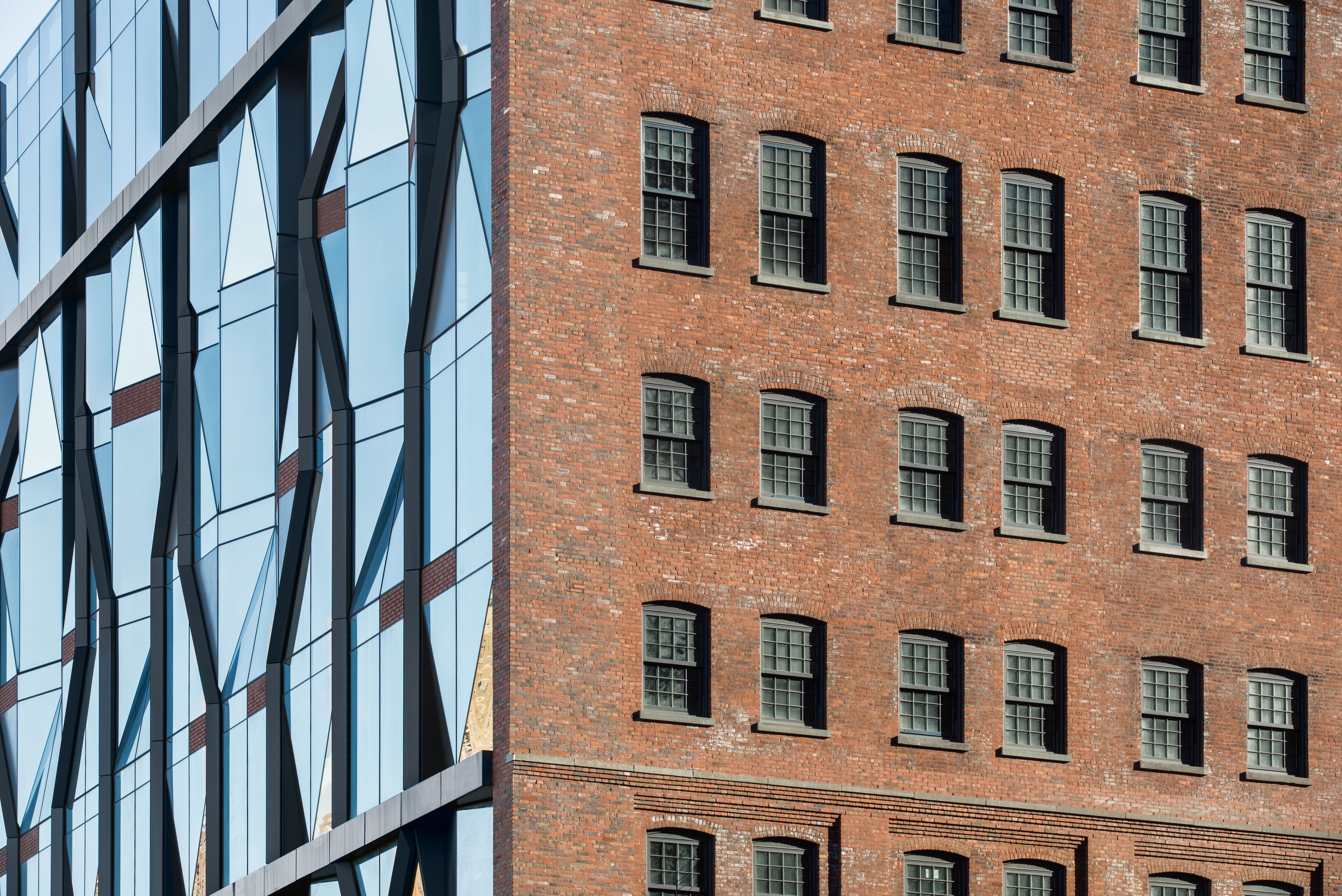Today, we conclude our interview with author Andrew Ginger about his new book on Cecil Beaton, one of twentieth-century Britain’s Renaissance men. We interviewed him by email earlier this week, and we’re pleased to note that the author will be part of a salon conversation/book signing with New York magazine’s Wendy Goodman at 6:00 PM on Nov. 10 at the Rizzoli Bookstore, 1133 Broadway in New York.
What roles did the country homes in this book play in Beaton’s overall work?
Beaton’s life in the country – specifically Wiltshire – where he lived firstly at Ashcombe from 1930-45 and then at Broad Chalke, near Salisbury, 1947-1980, played a huge part in his life, even though he was obliged to be a ‘weekender’ for most of his life. He said he was like a farmer – all his creative work was done in the country and he only went to town to market his wares and seek new commissions. He leased Ashcombe for 15 years and it became a place where he could indulge his taste for camp, theatrical fun; a glamorous backdrop for his wide circle of bohemian, artistic friends. At Reddish it was more mature, but he relished his extensive garden and made the house an elegant statement of artistic taste. As contradictory as he was himself, his house was at once a vehicle for publicity and a creative oasis and a solitary retreat which continually inspired him creatively.
Why are the New York hotels so important?
From the late 1920s until the early 1970s (with a break from 1938-45) Beaton spent at least two months every winter in New York, photographing for Vogue and other magazines, writing articles, undertaking commercial advertising photography and designing for the stage, opera or ballet. He loathed the bland anonymity of a hotel room and would therefore seek to ‘improve’ it with original furnishings and art. When his friend Prince Serge Obolensky took on the revamping of the Plaza Hotel in 1945 he invited a number of celebrities, Cecil included, to design suites for publicity purposes. Cecil got to stay in his own designed space at a discount and the hotel got into the magazines for highly original decorating. As Obolensky moved from hotel to hotel between 1945 and 1970, Cecil repeated the exercise 5 times, and on each occasion made a radically different atmosphere. It gave him the chance to enjoy contemporary styling and ideas as well as to constantly re-invent his look.
What was the intent of his work?
Cecil was a ‘transformer’ I believe – he wanted to everything to be beautiful and the best it could be. Starting with himself and his family, then his home, and his work. If you were lucky enough to be photographed by Beaton, you knew you were going to appear as the best version of yourself that could ever be. Great portrait artists have that ability. His intense gimlet eye and acute visual intelligence, analysed a subject or a setting and knew at once how to make the best of it. Having to push hard to overcome his social and financial disadvantages early in life made him a high-achiever. But his ambition was never really satisfied, even though he accomplished a staggering amount. He felt sure he would be forgotten and that his achievements would be ephemeral. The continual interest in his life and work and the inspiration it brings to successive generations would have pleased him very much.
His inspiration – Oscar Wilde, certainly, but who and what else?
Above all, Beaton was a man of the stage. The theatre was his greatest inspiration and he was passionate about anything to do with it. The theatre and theatricality affected everything he did, and in many ways the public face of Cecil Beaton was a performance, just as his homes were settings, ‘mise-en-scenes’ in which to present himself. Those who were closest to him attest that he was very different in private, when not, as it were, ‘on stage’. To play such a dandy role in a society which was judgemental and mistrustful of flamboyance took courage and Cecil developed a tough, sometimes prickly facade to help him cope with the negativity he faced. Artistically, in some senses, he was a case of ‘arrested development’ in that he was continually inspired by his Edwardian childhood – remembering and reproducing the elegance of that age defined him on stage and screen and came to a fruition in My Fair Lady on stage and screen between 1956 and 1963.
[slideshow id=1707]
Photo credits: Copyright Lee Higham, Assistant, 1979; Modess – photograph by James McMillan, copyright Johnson & Johnson; © The Cecil Beaton Studio Archive at Sotheby’s; photograph by James McMillan, collection of Stiles Tuttle Colwill

